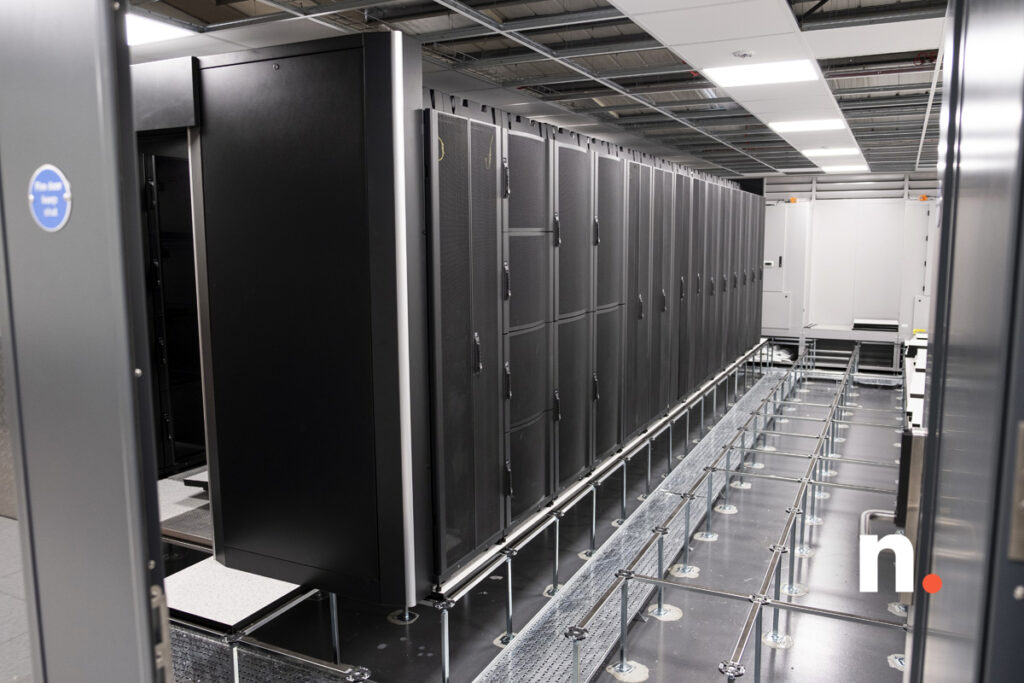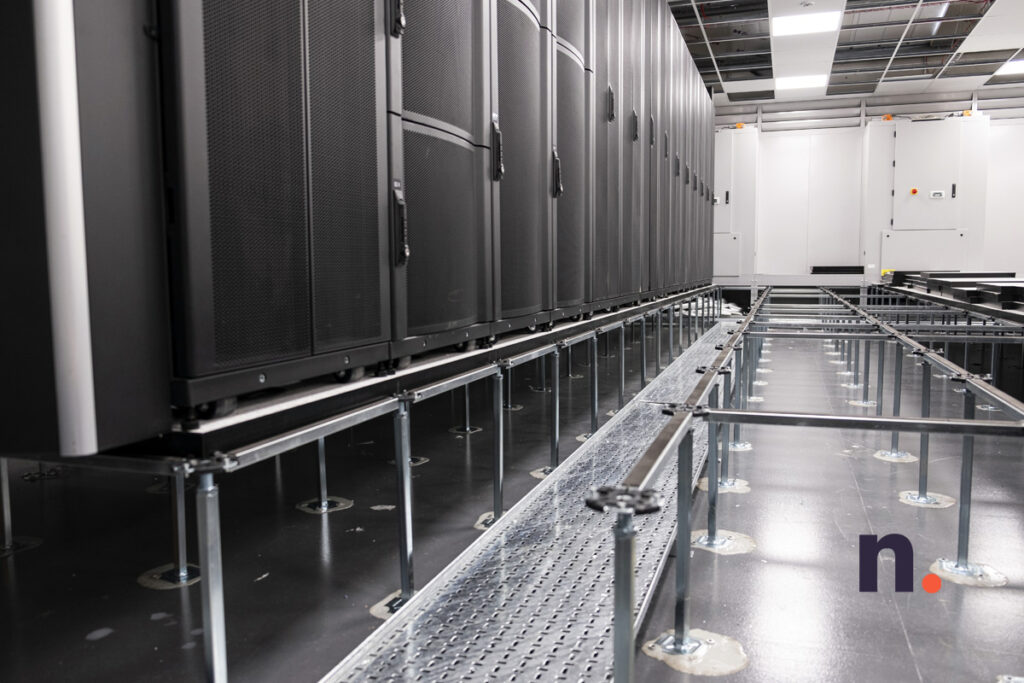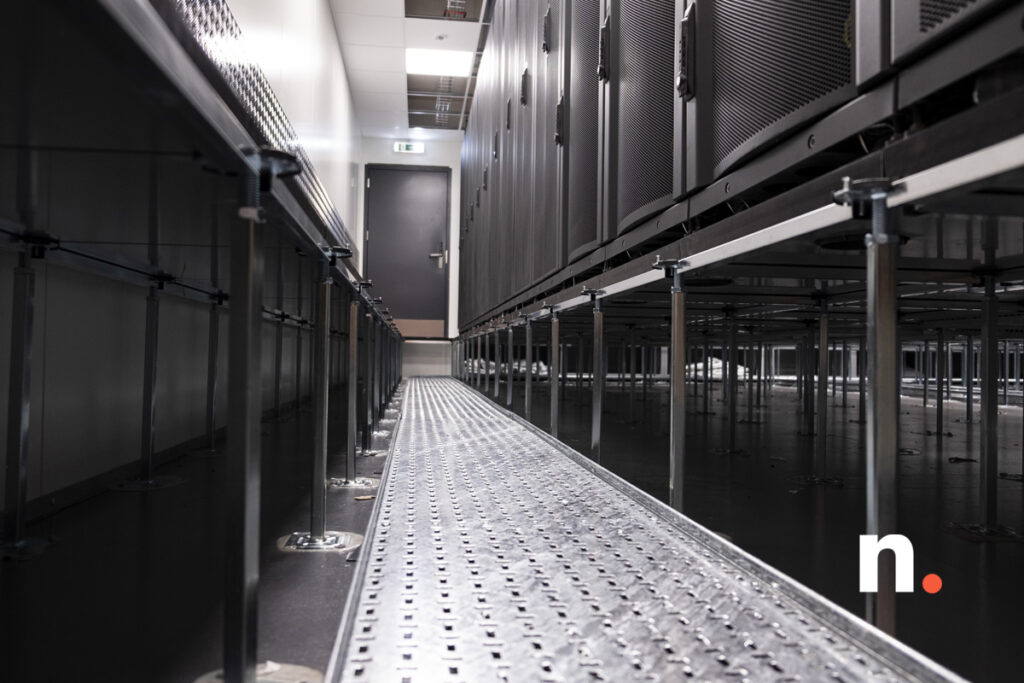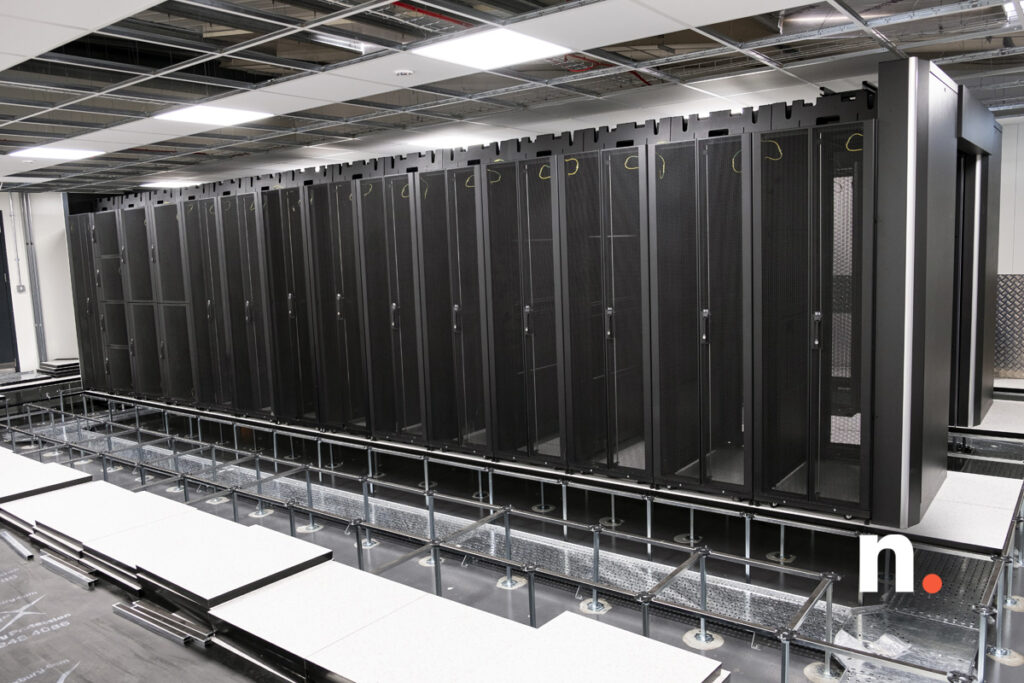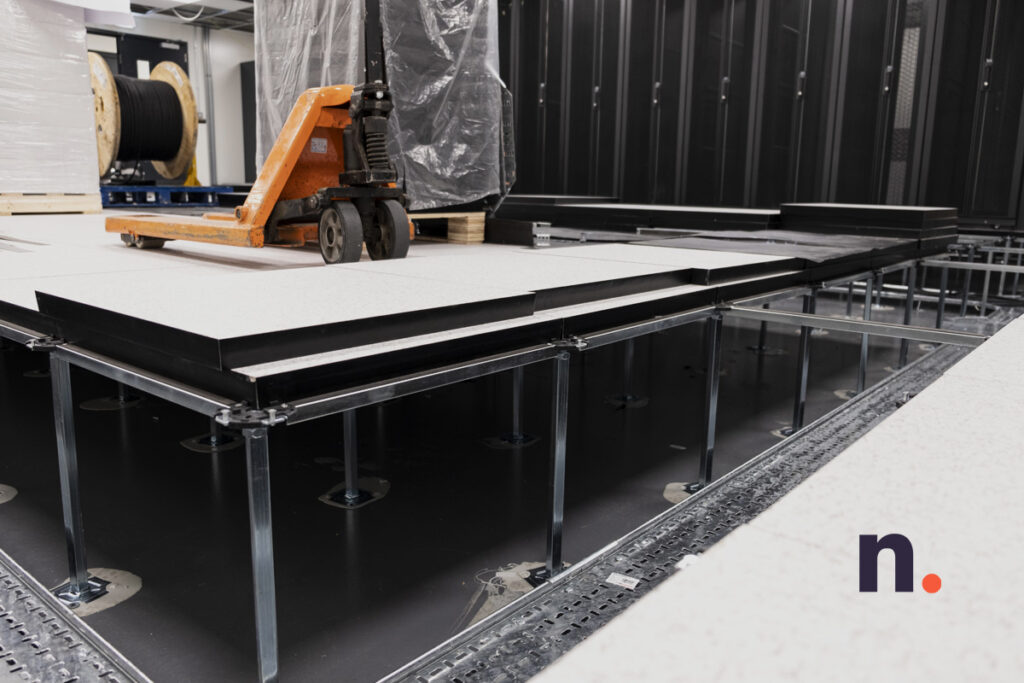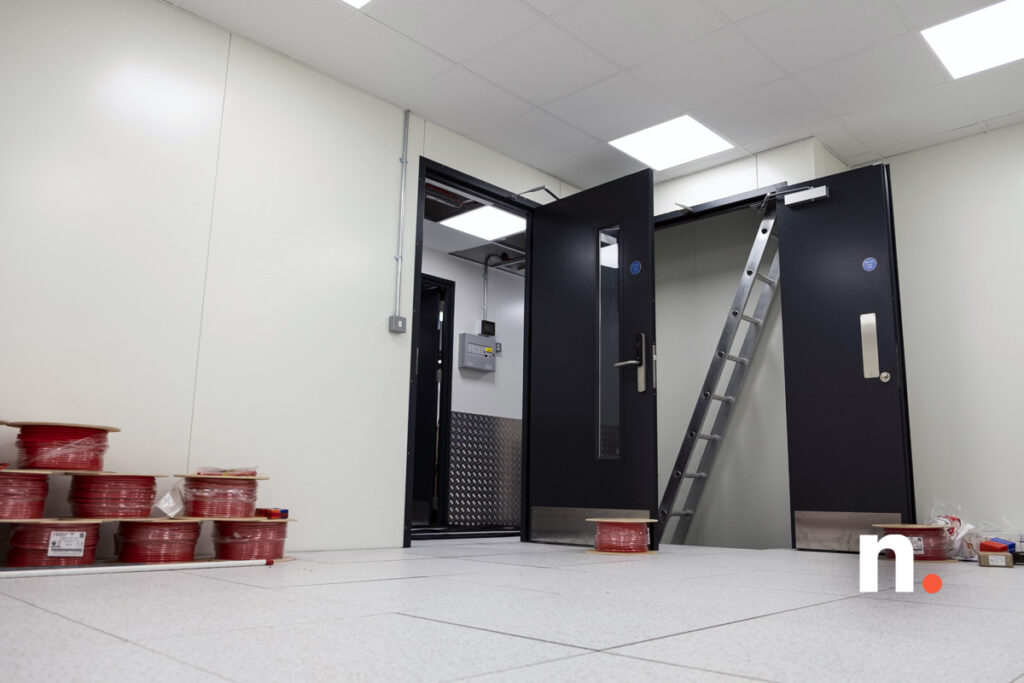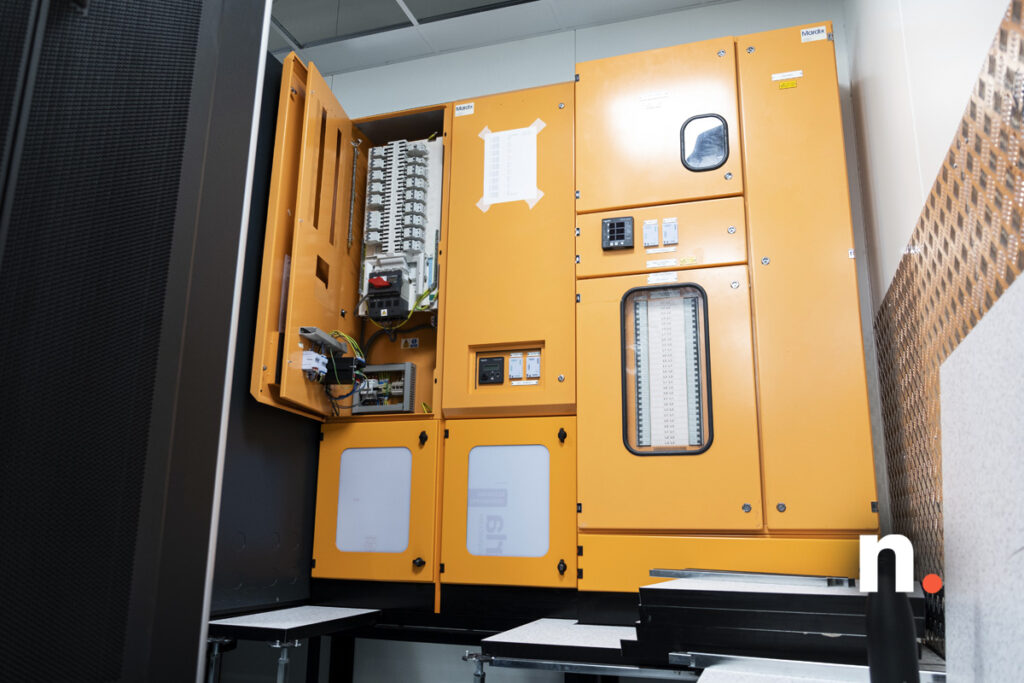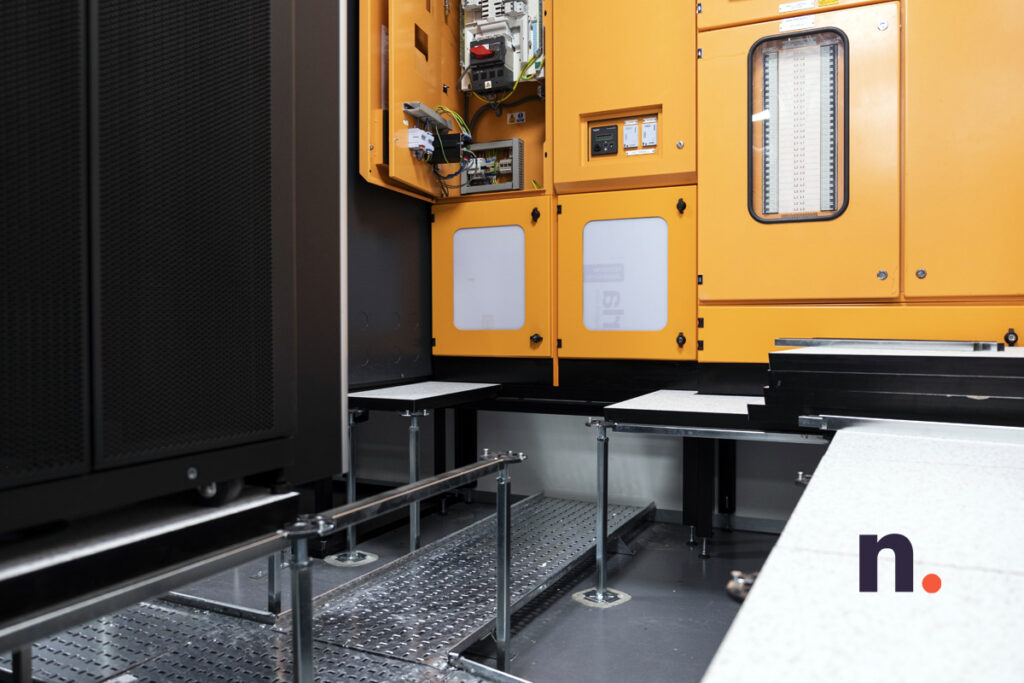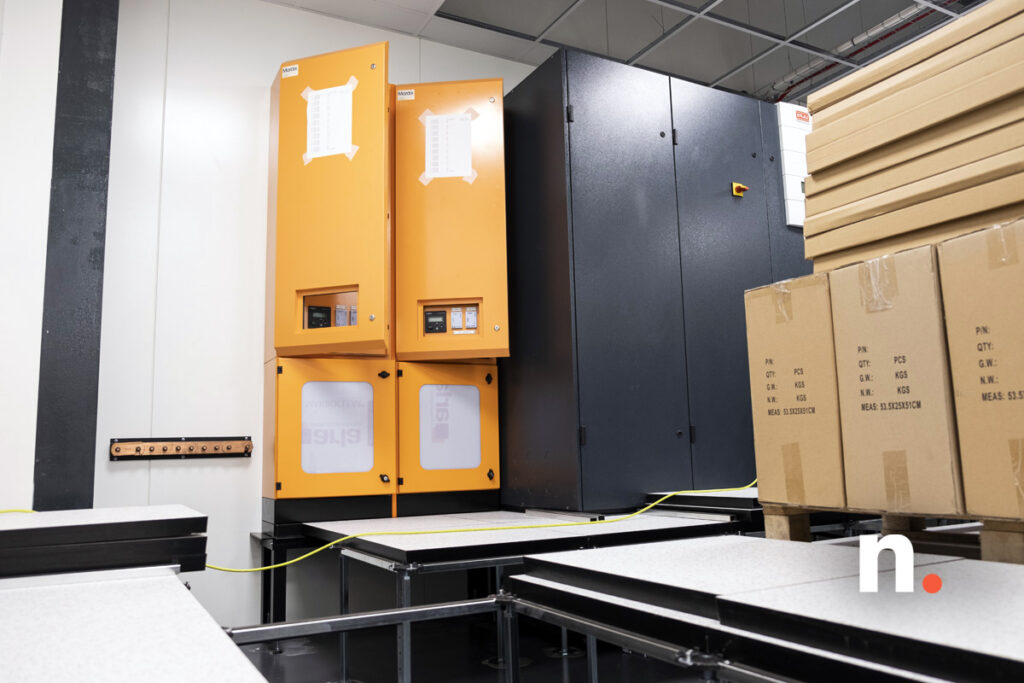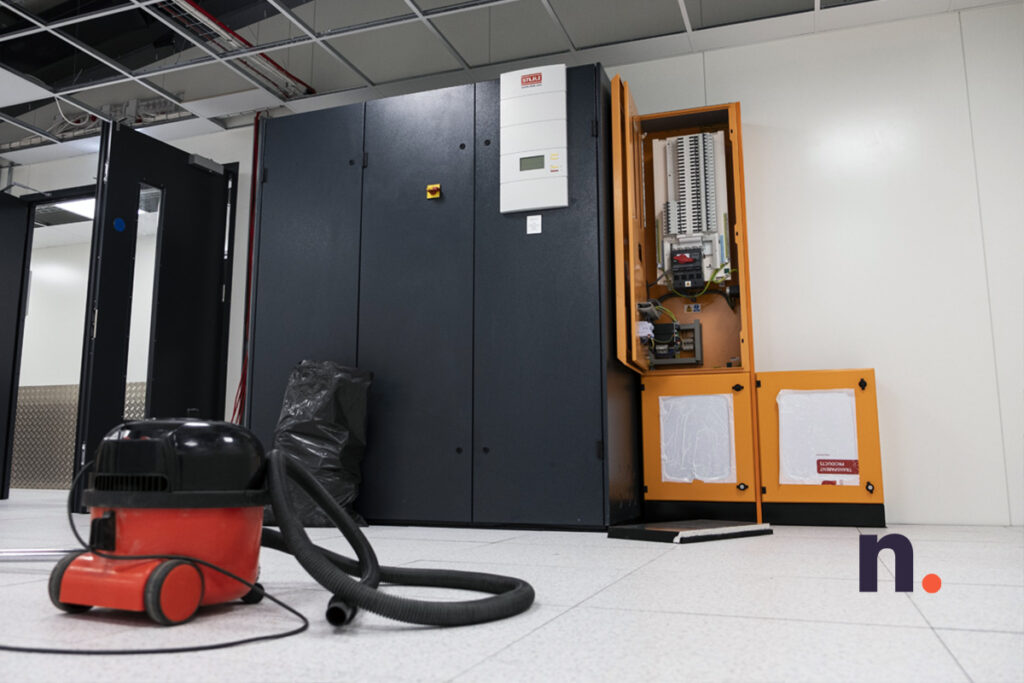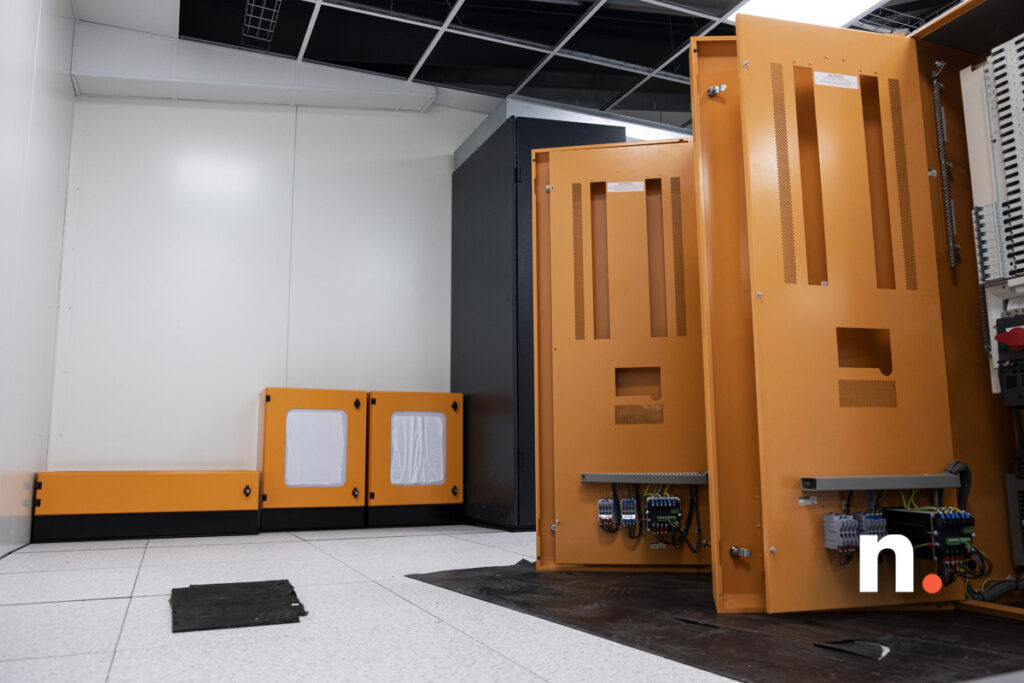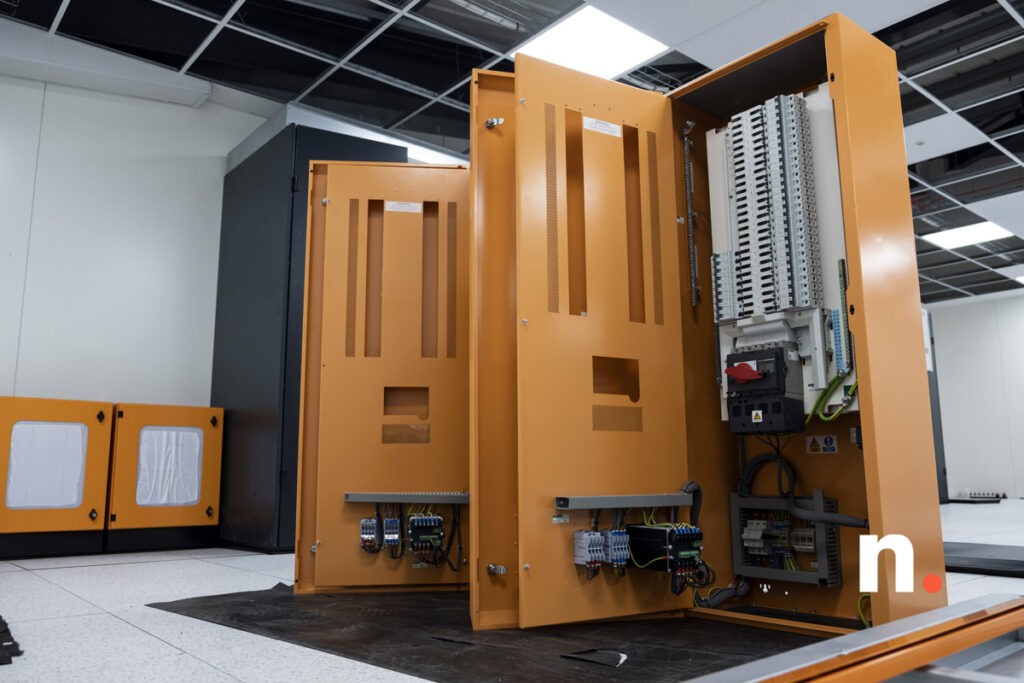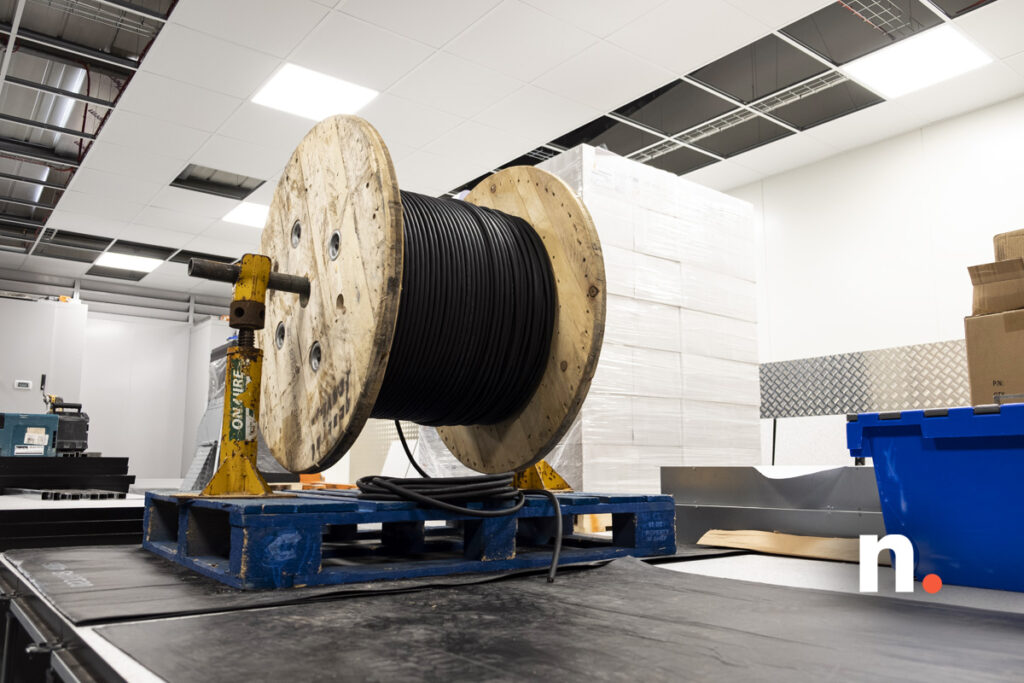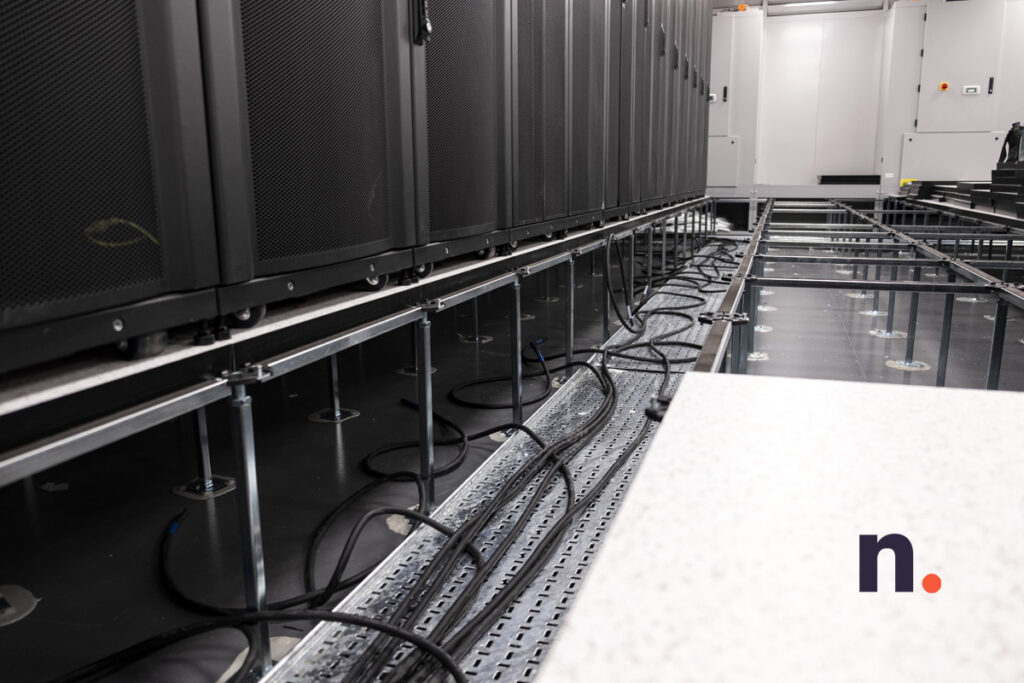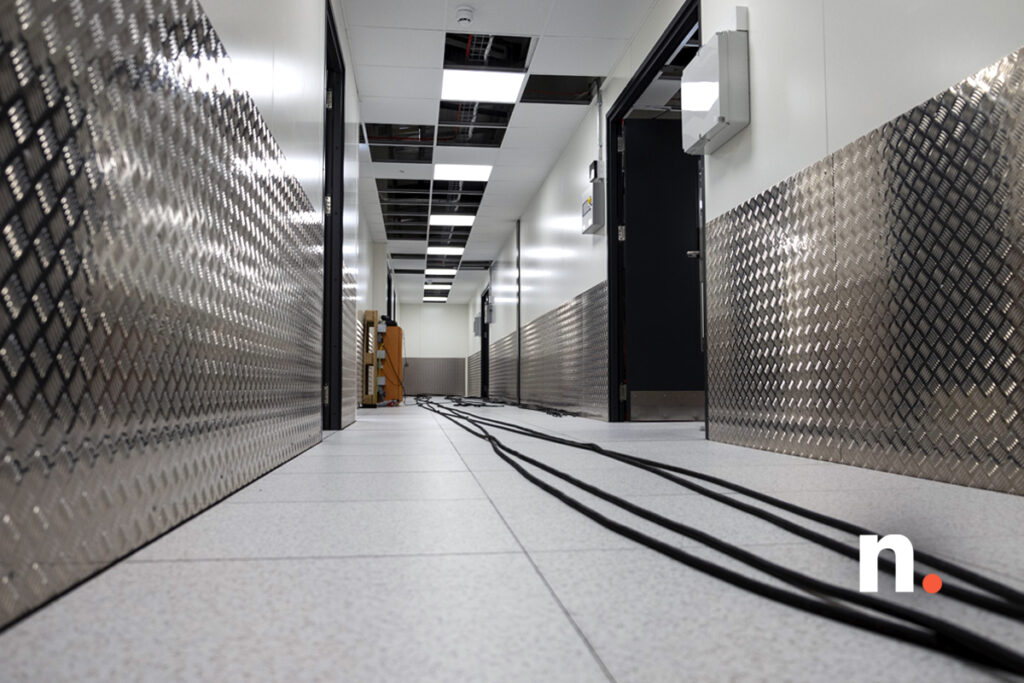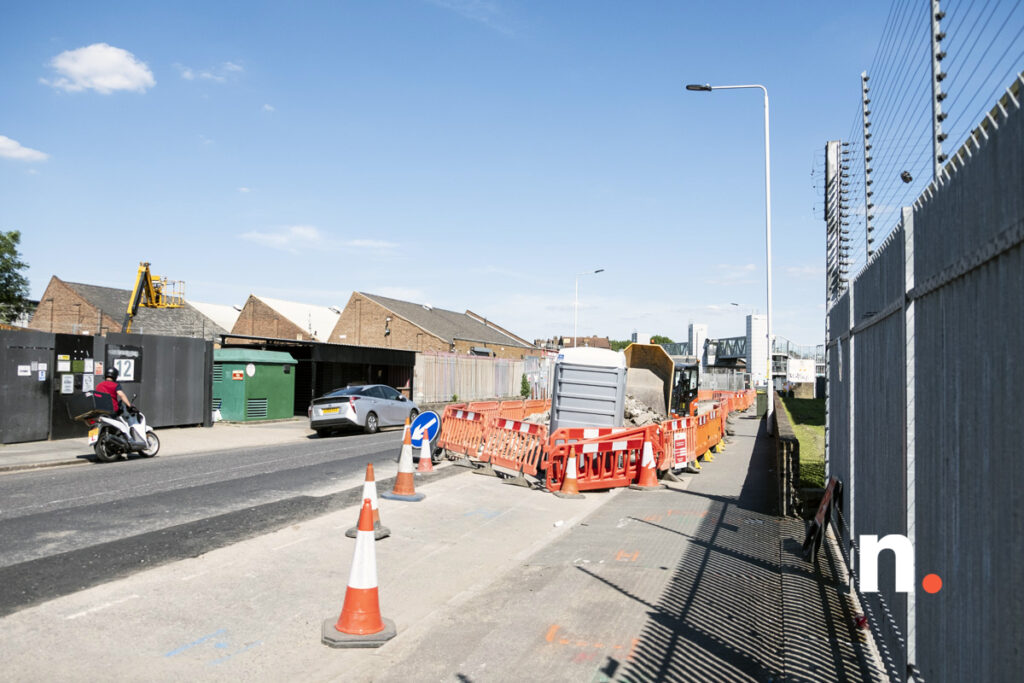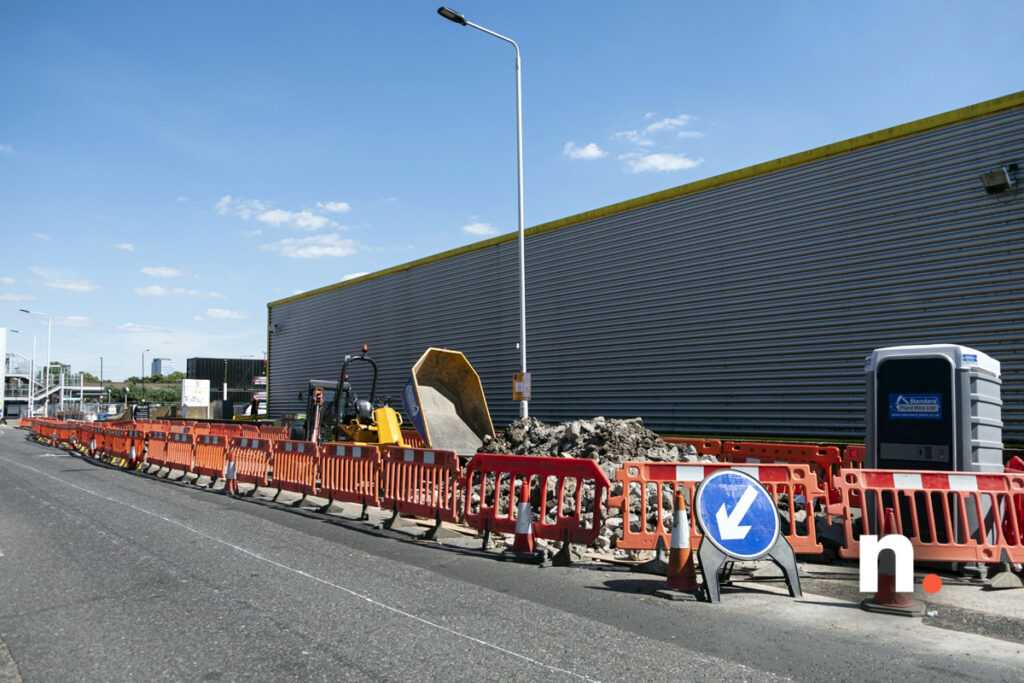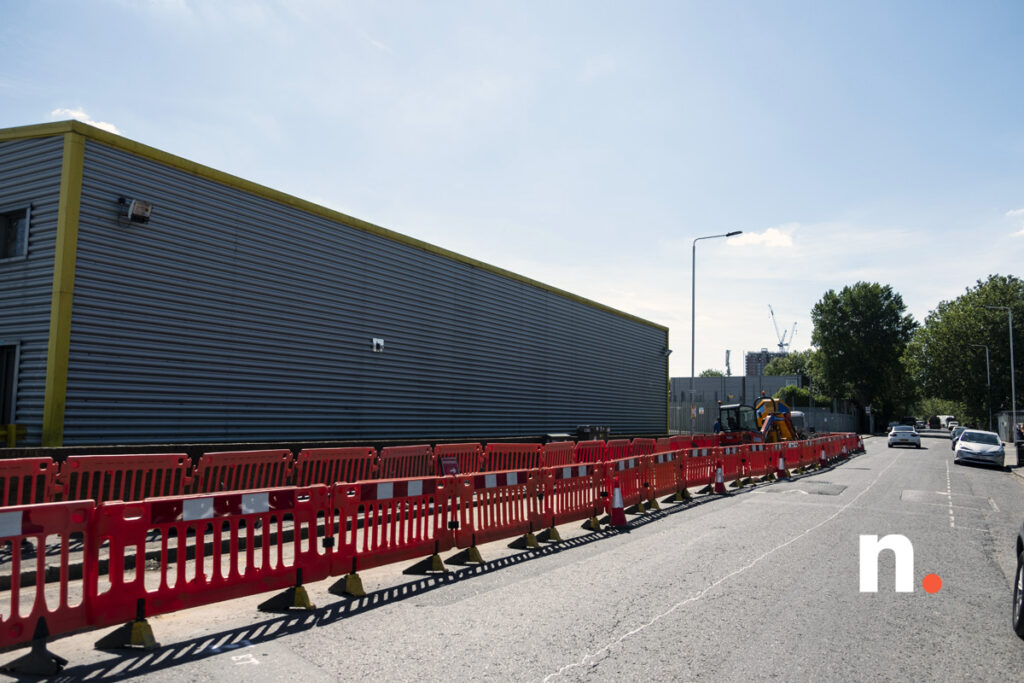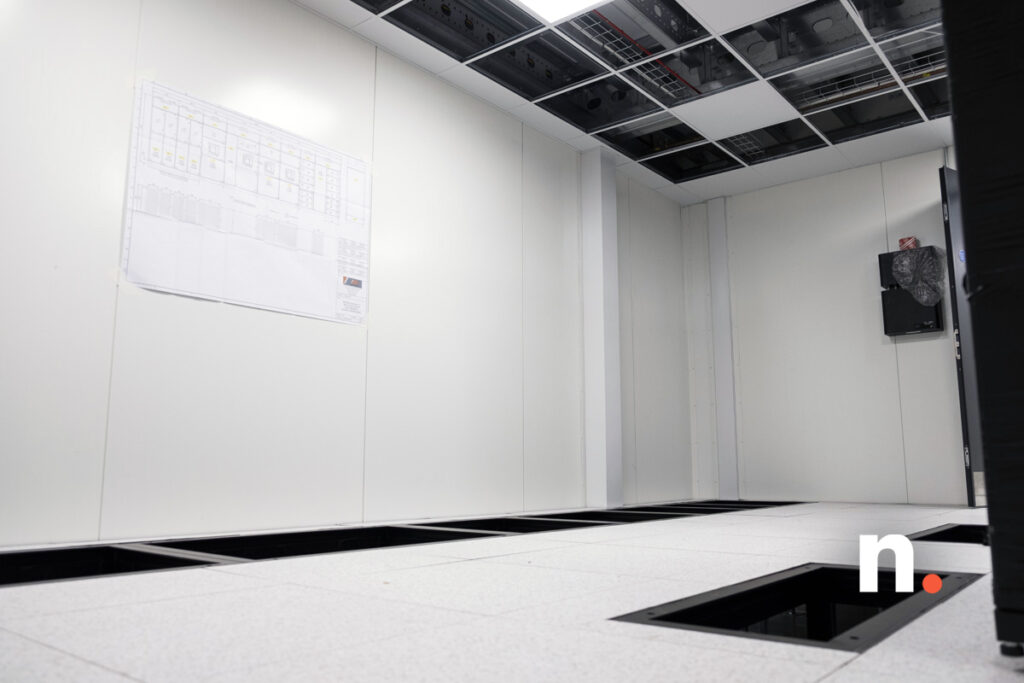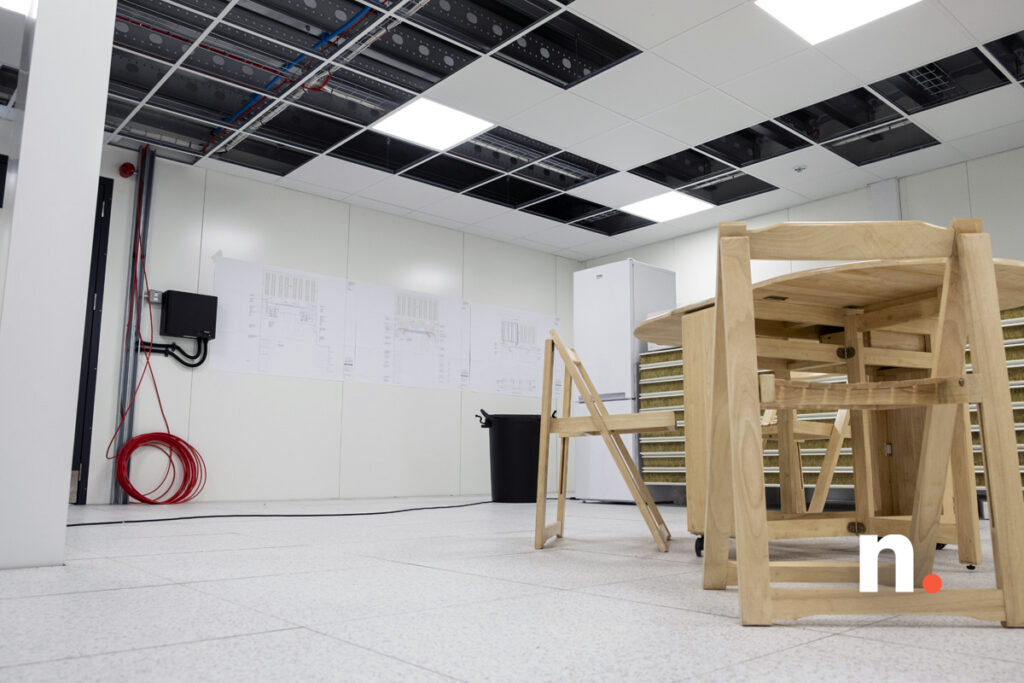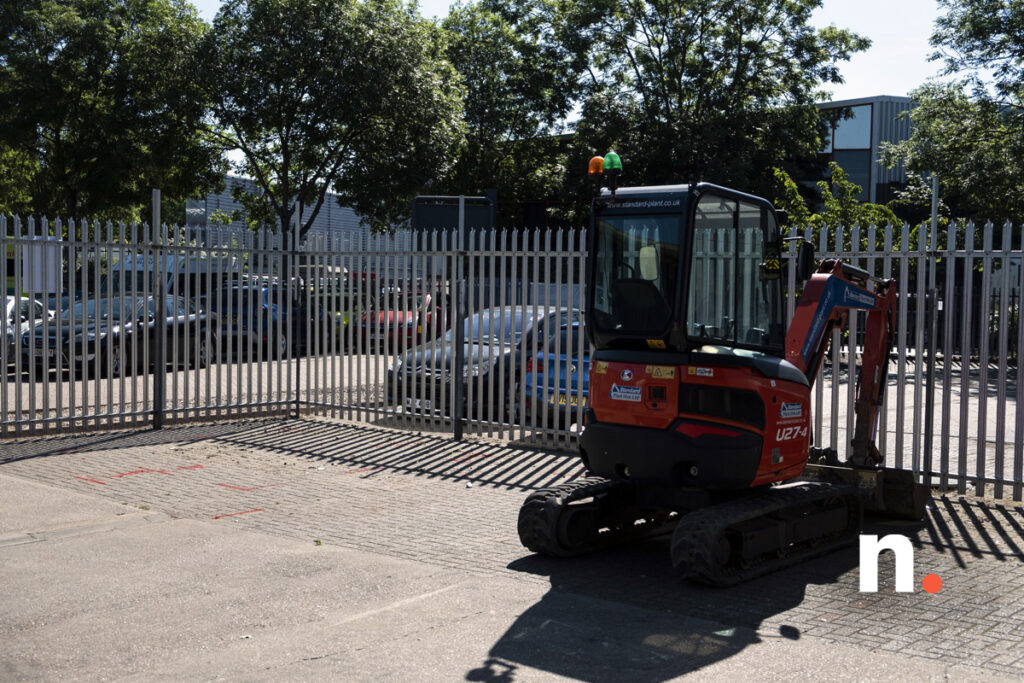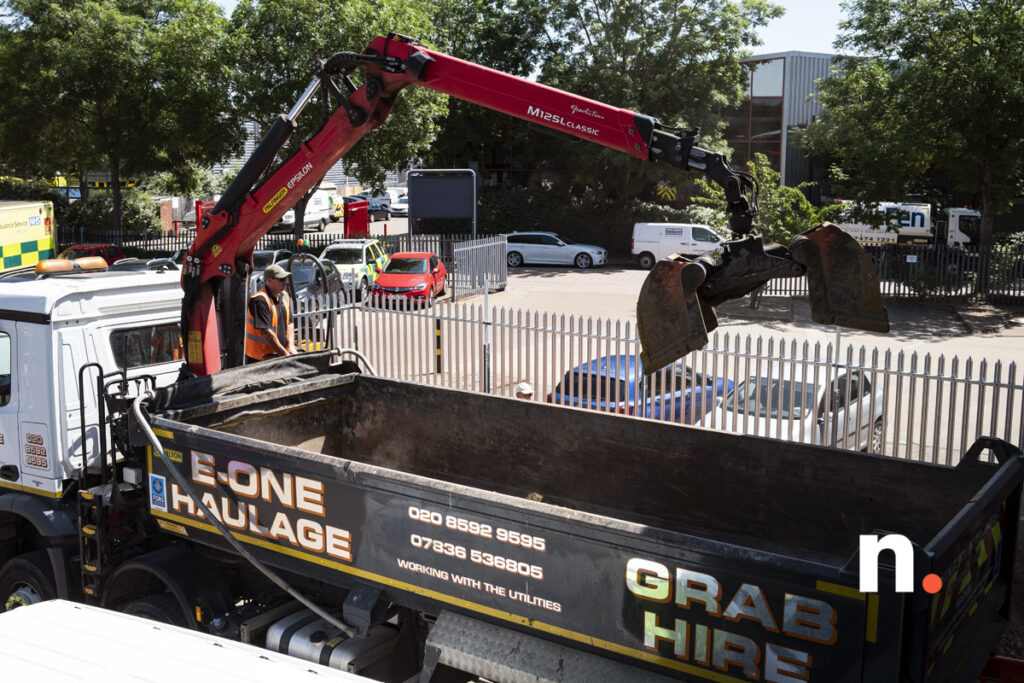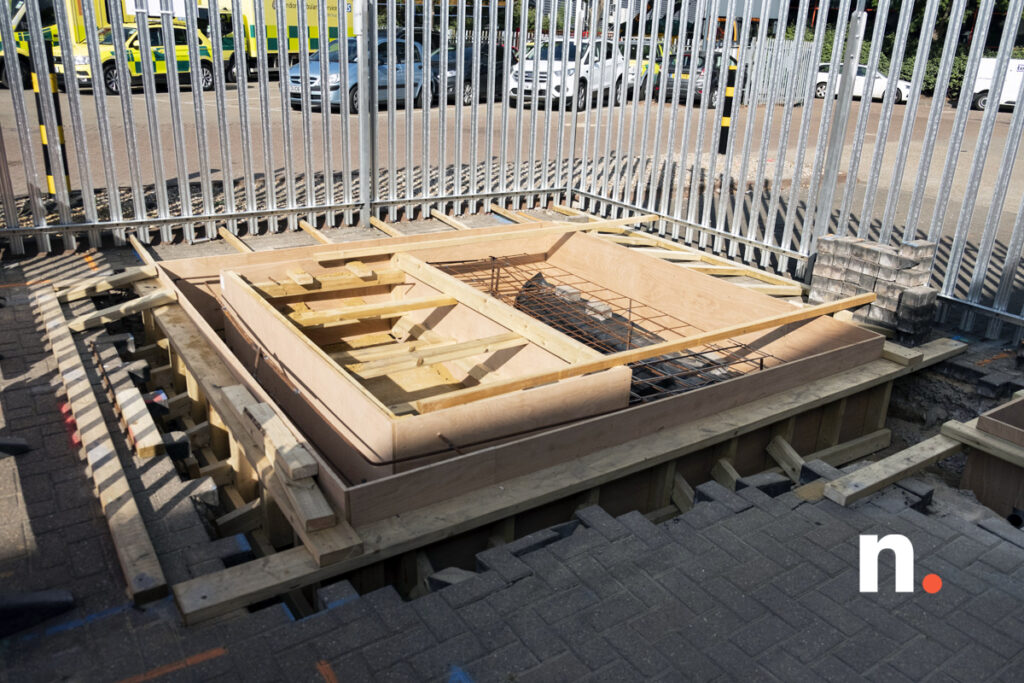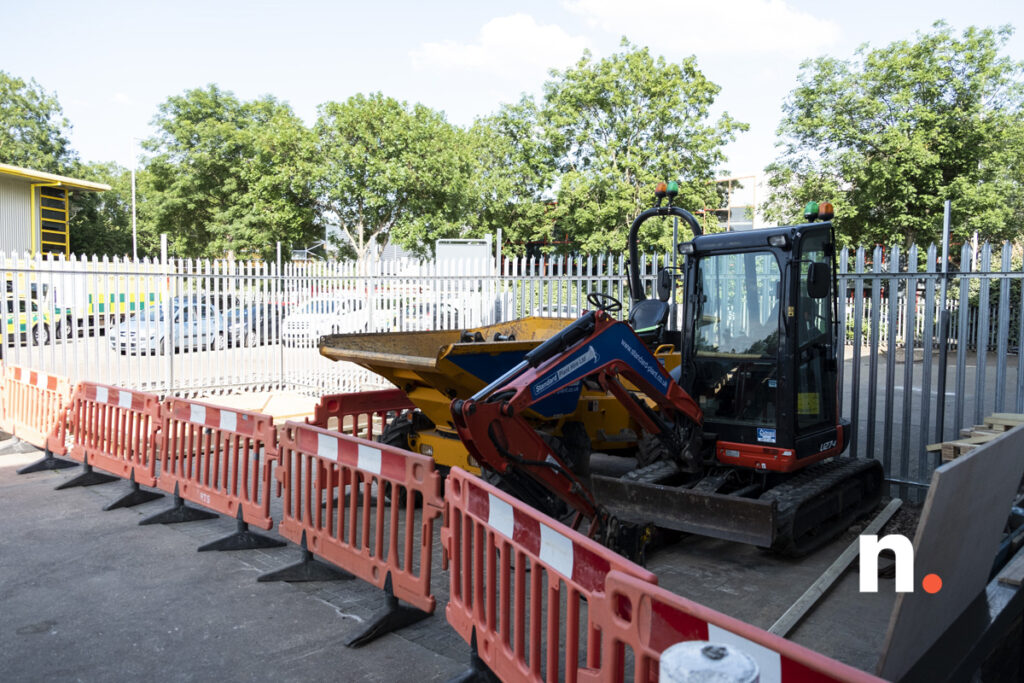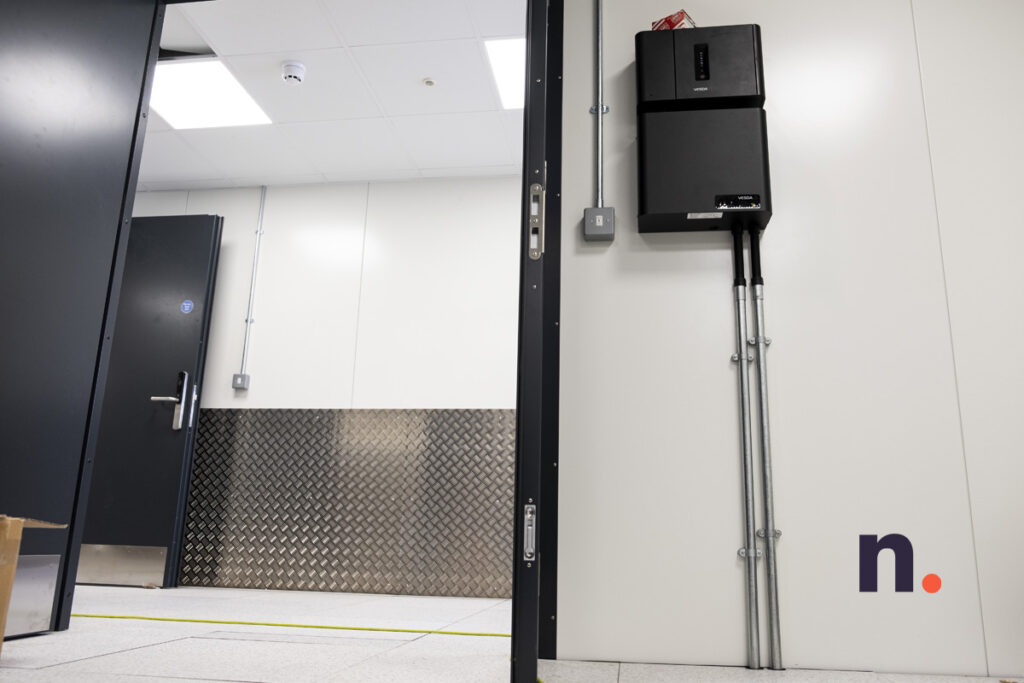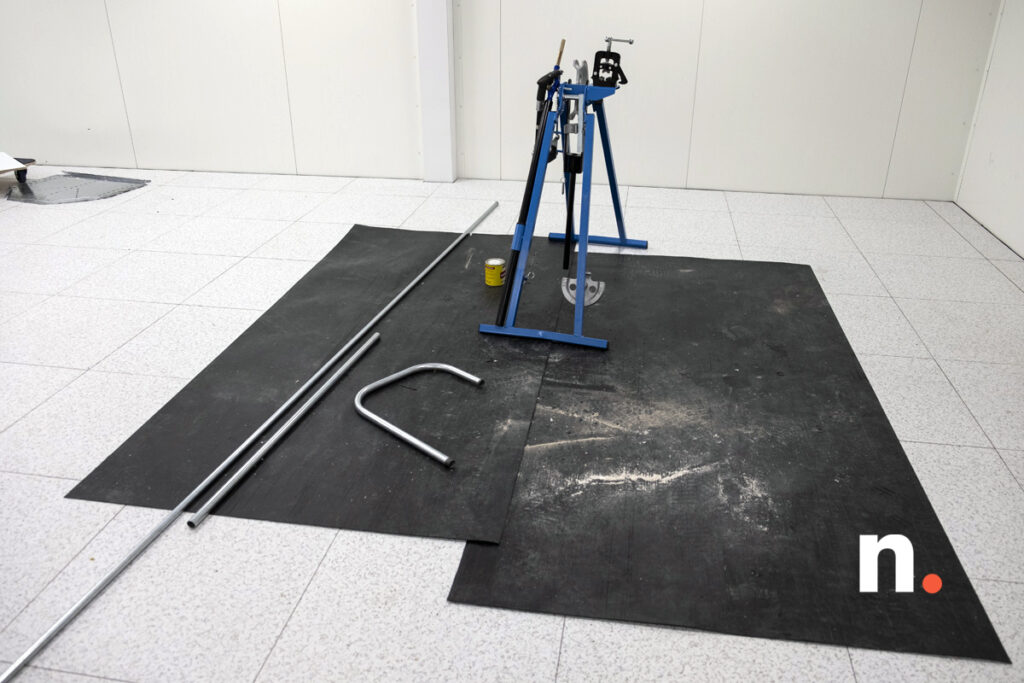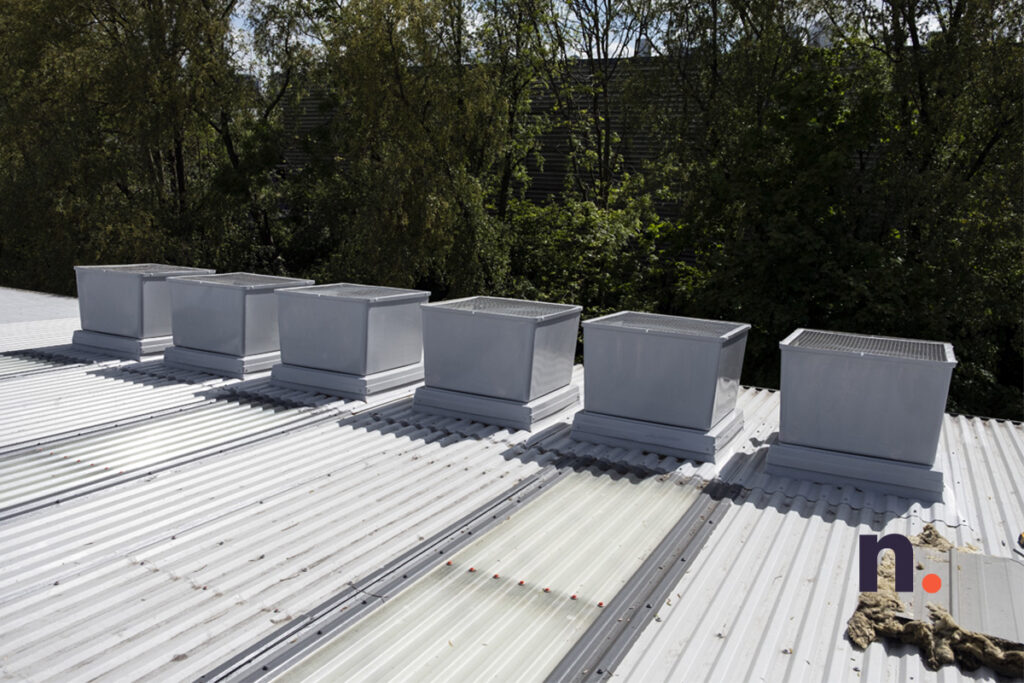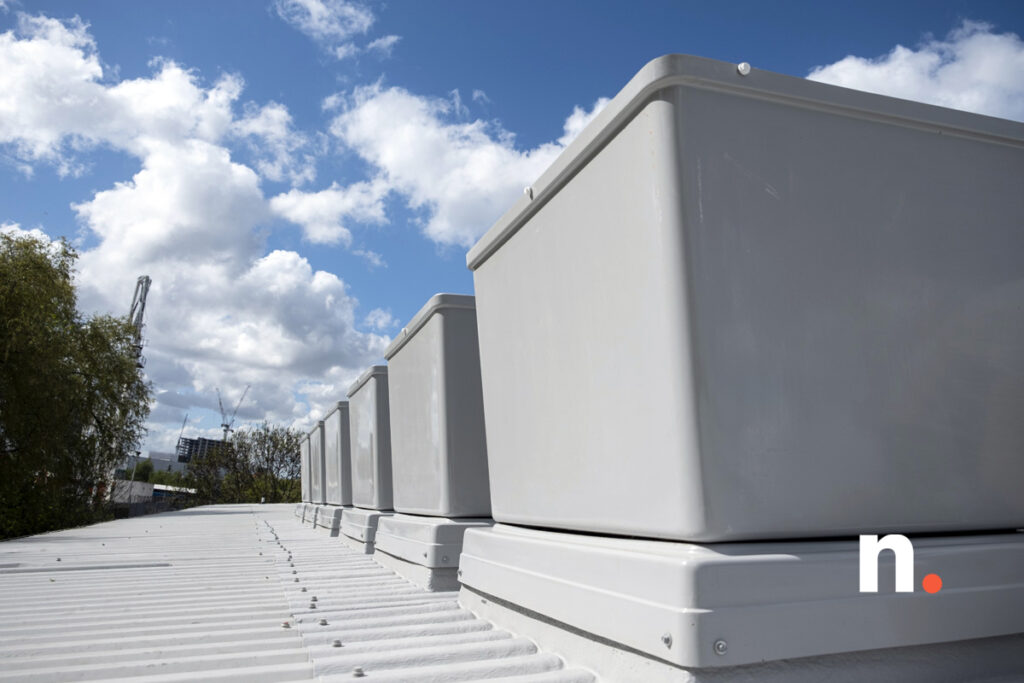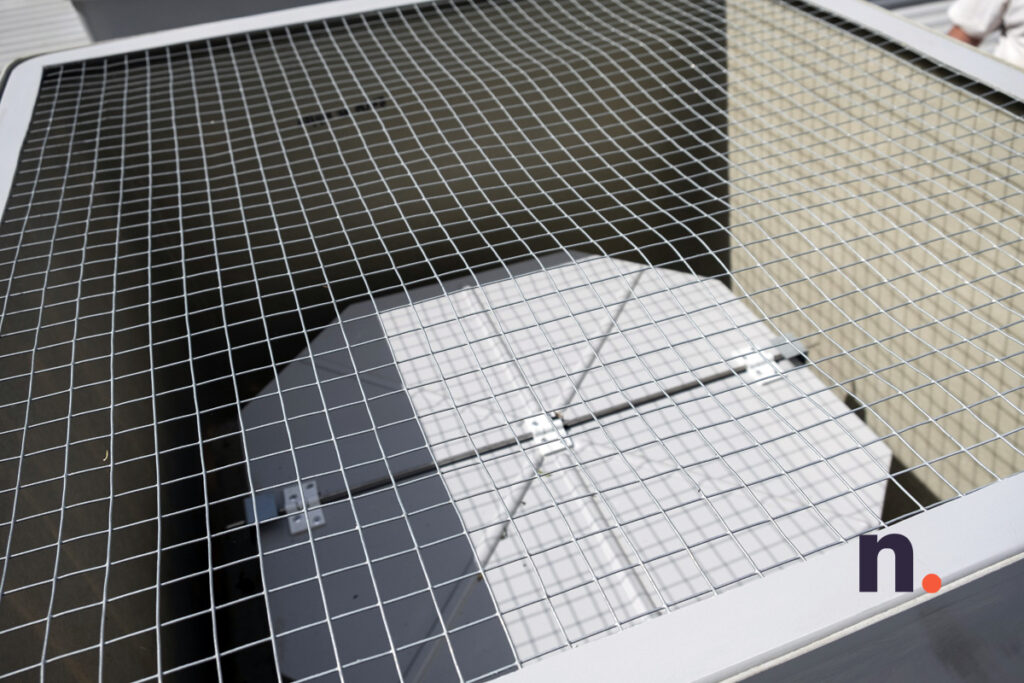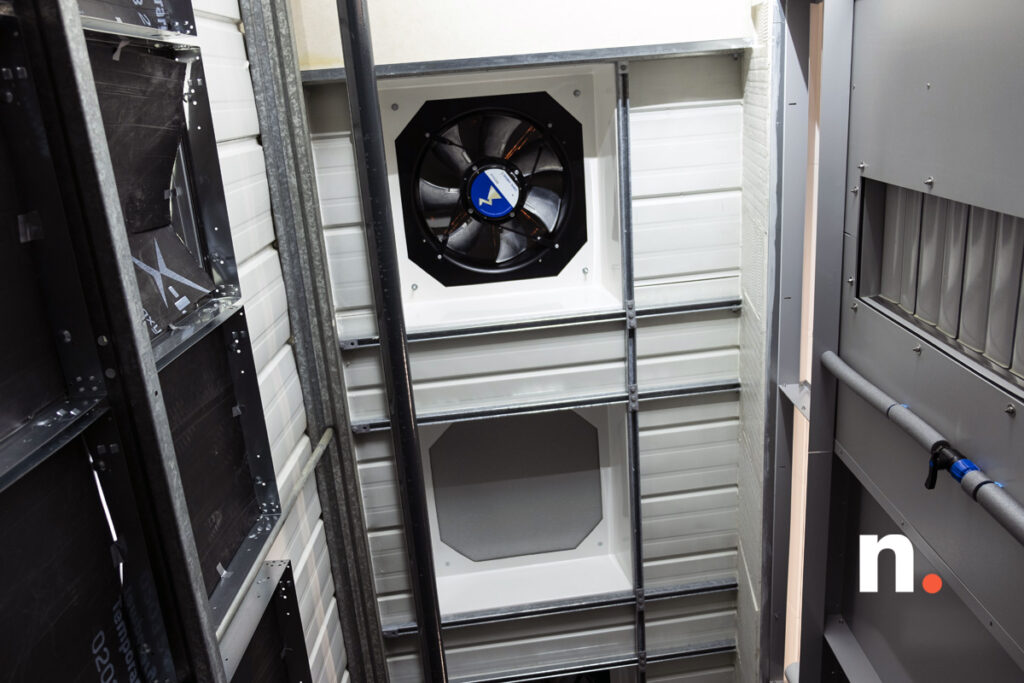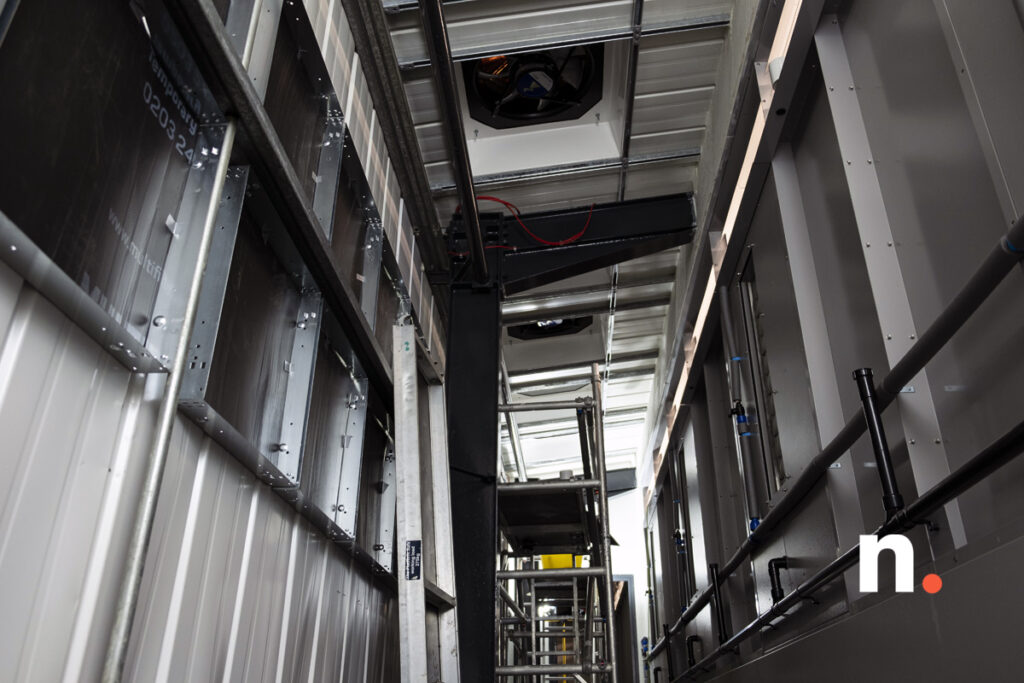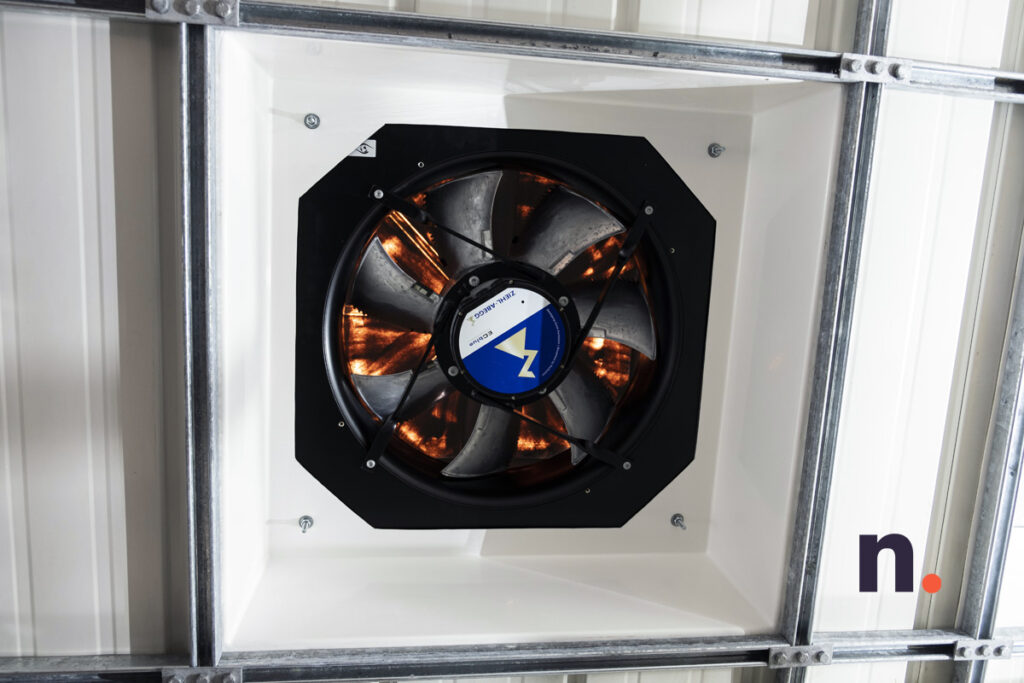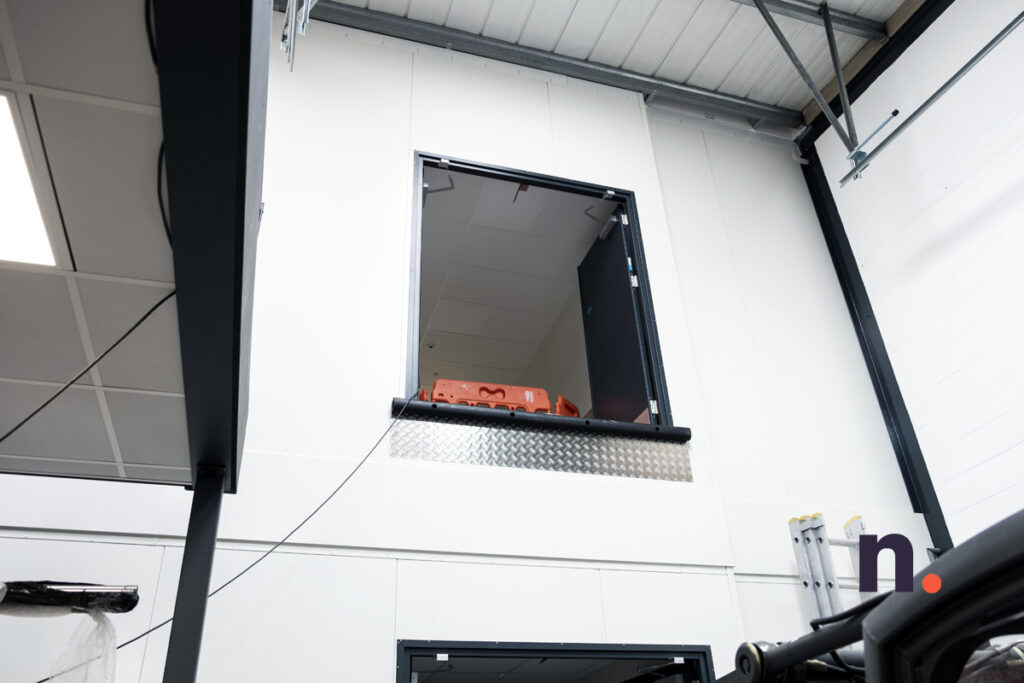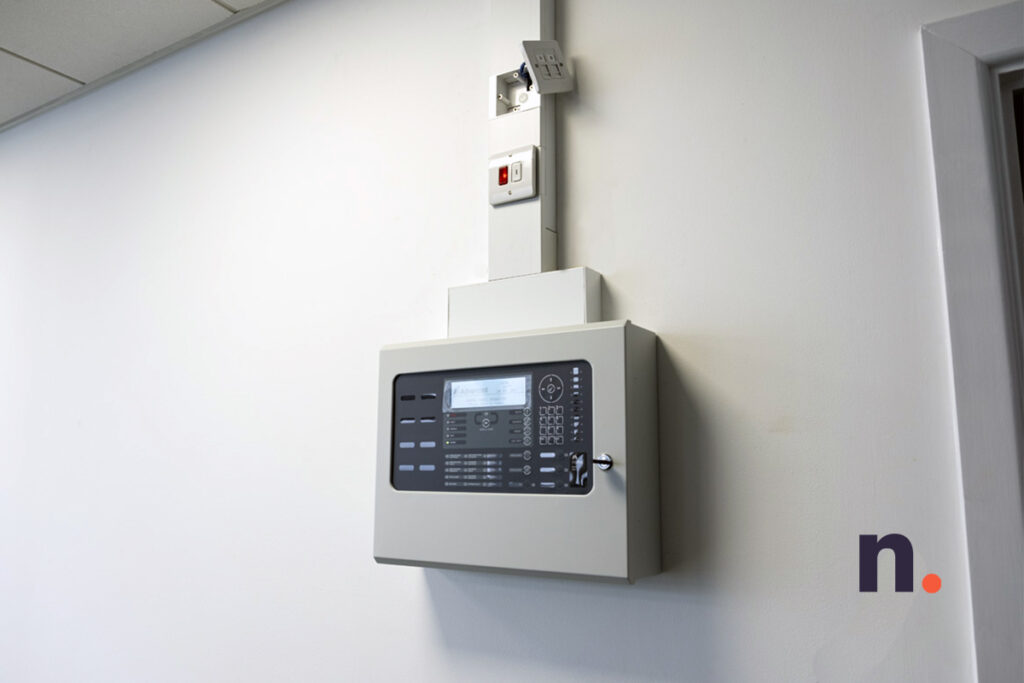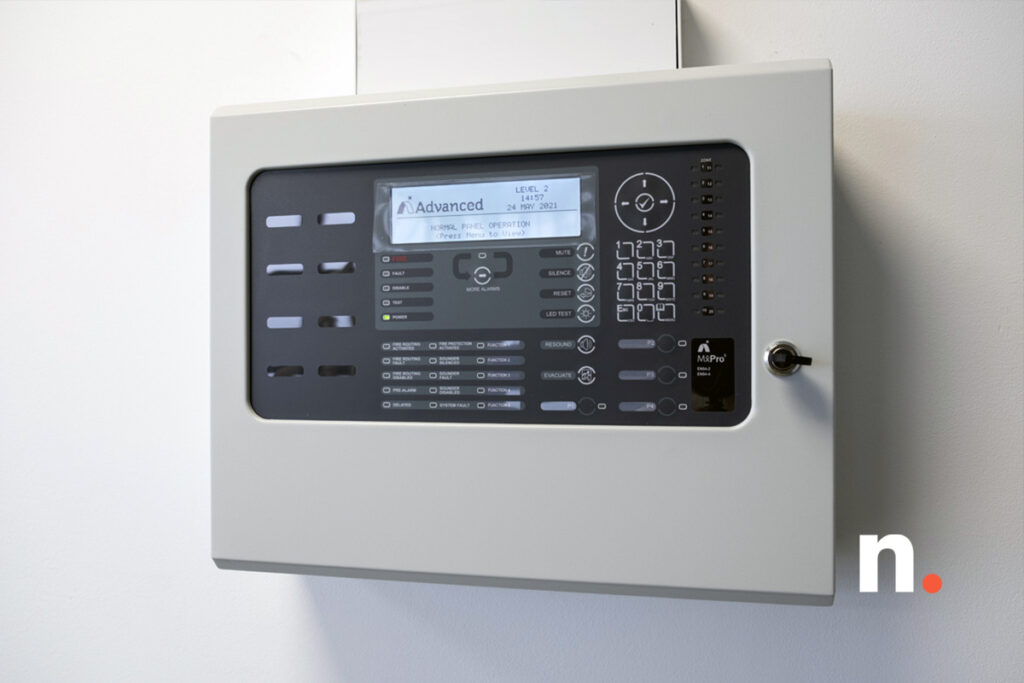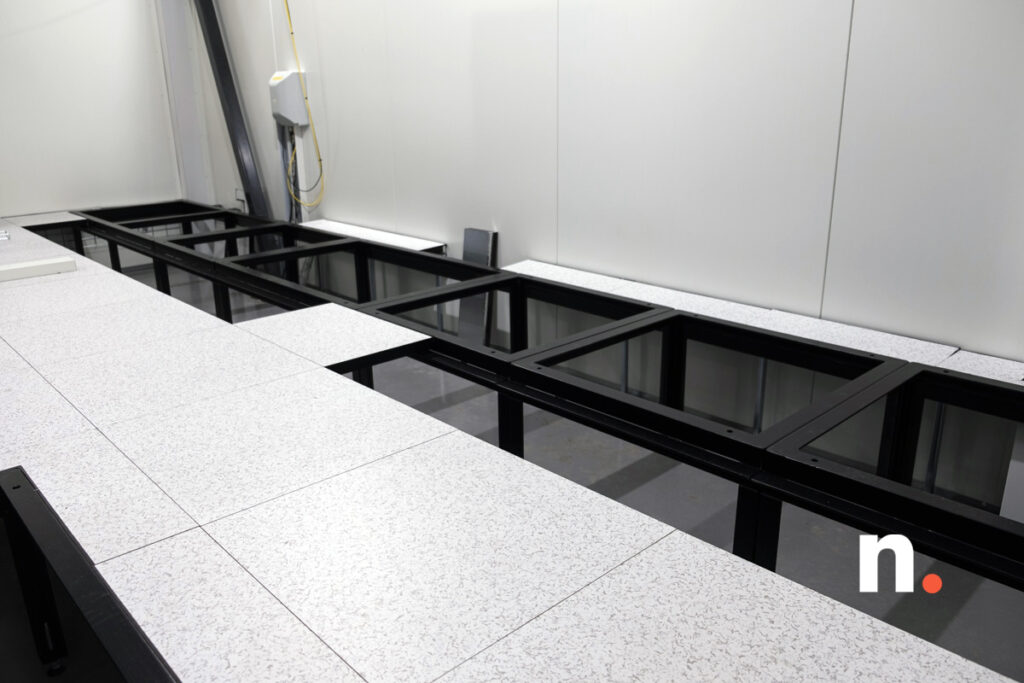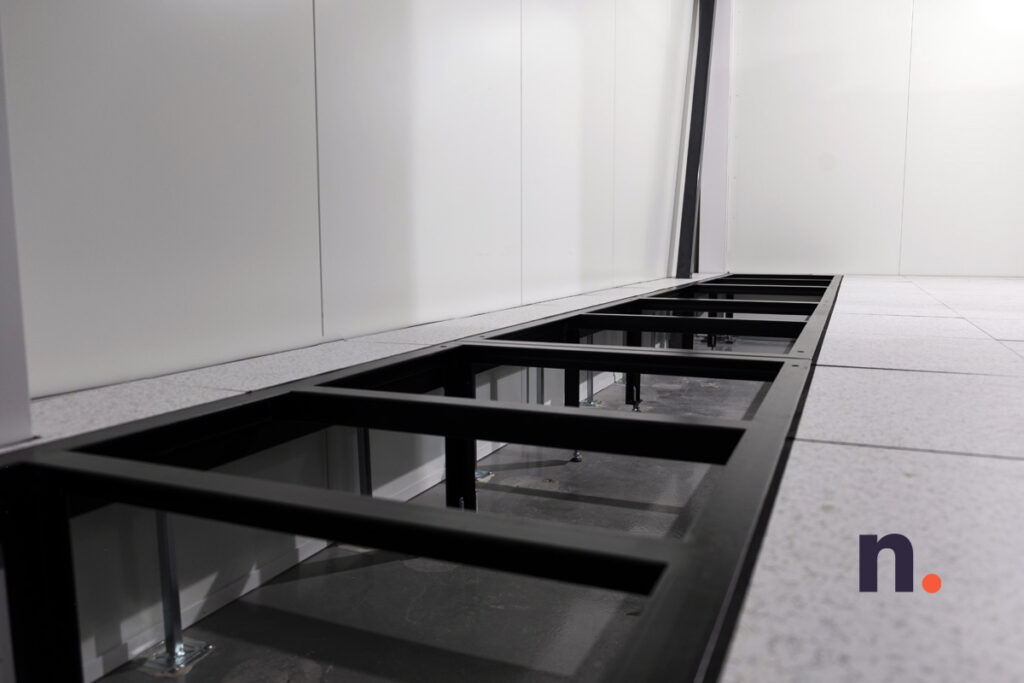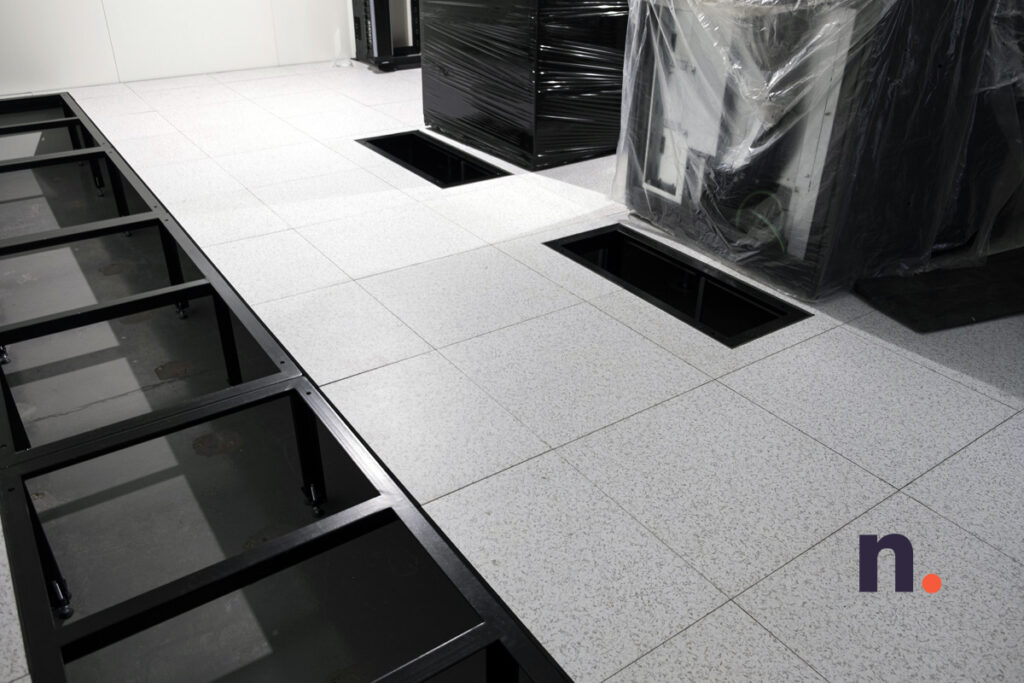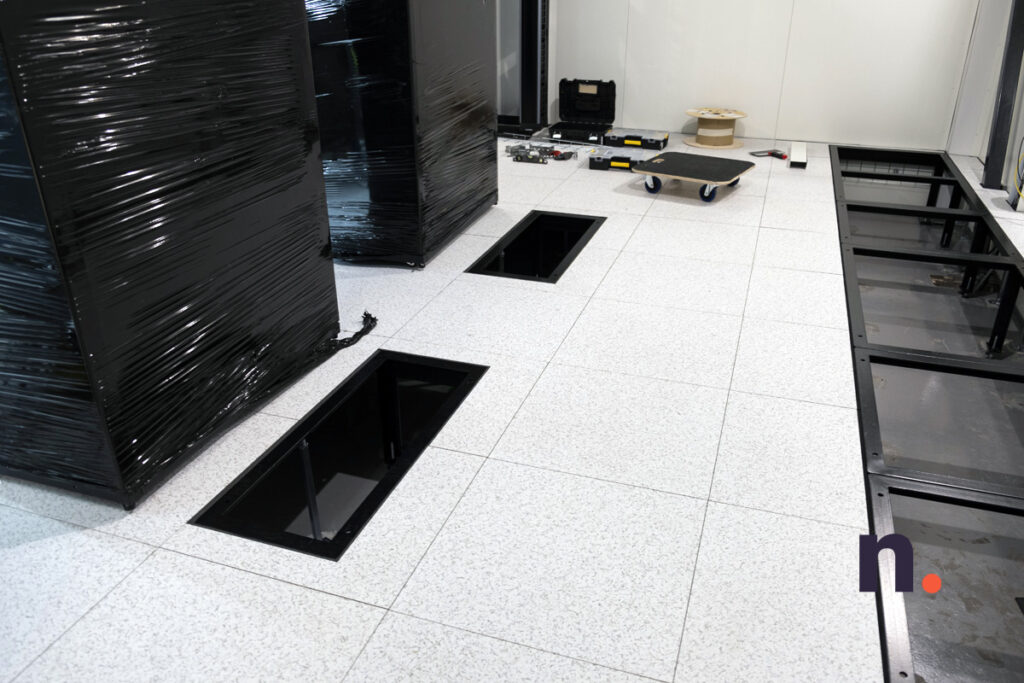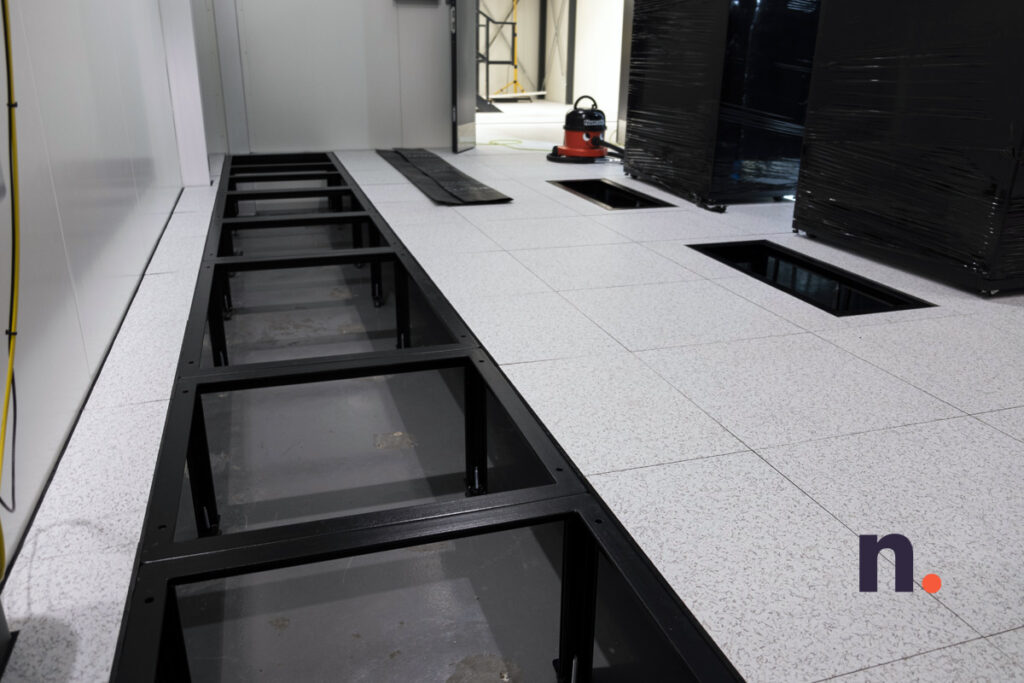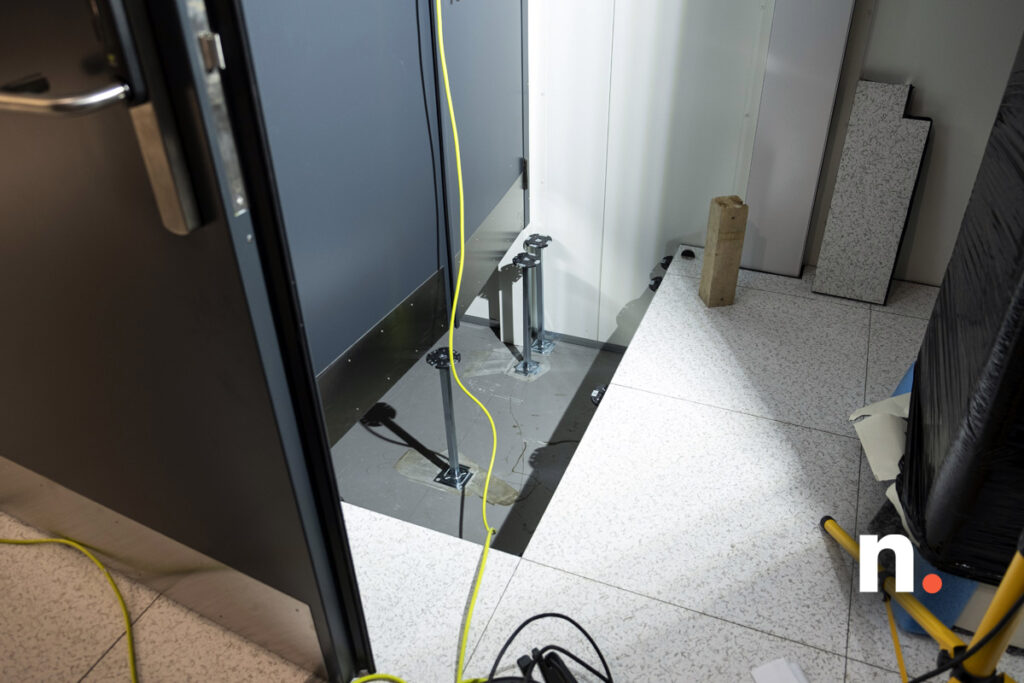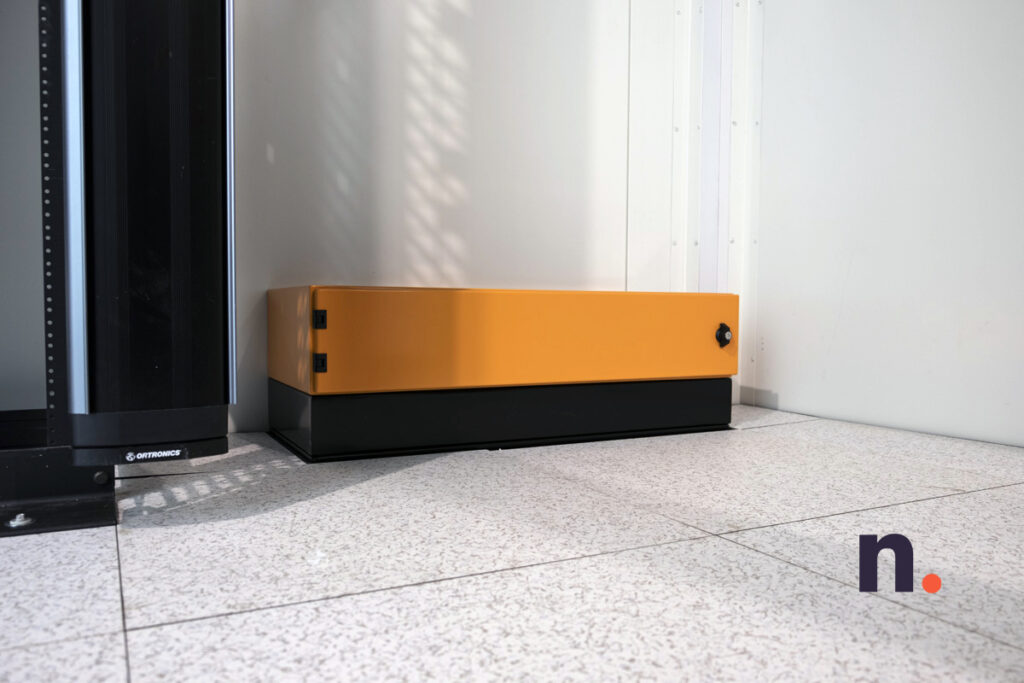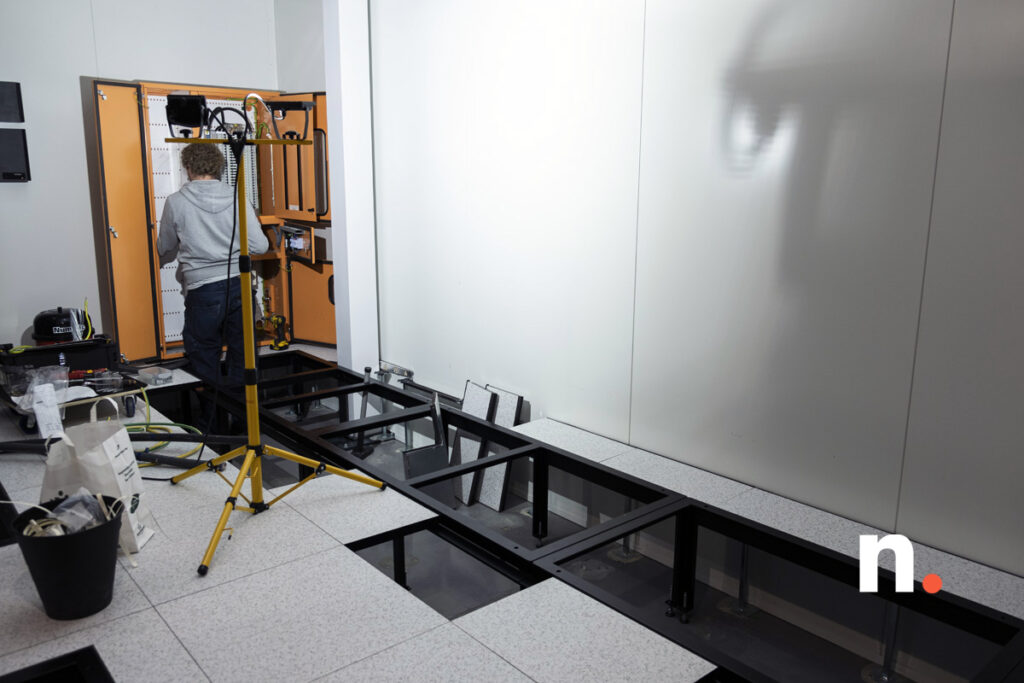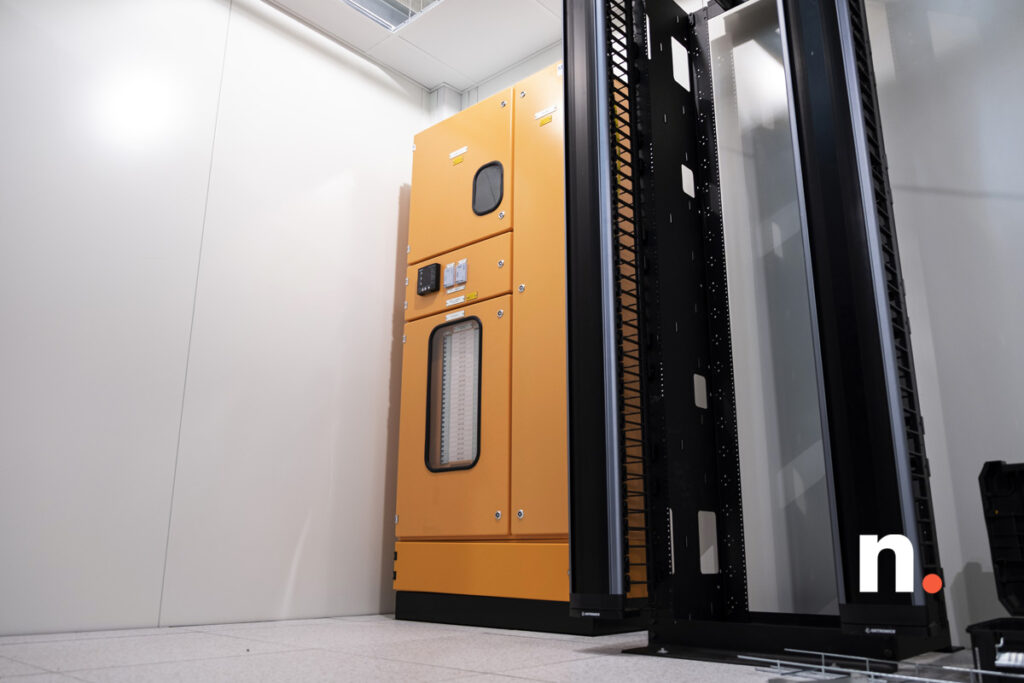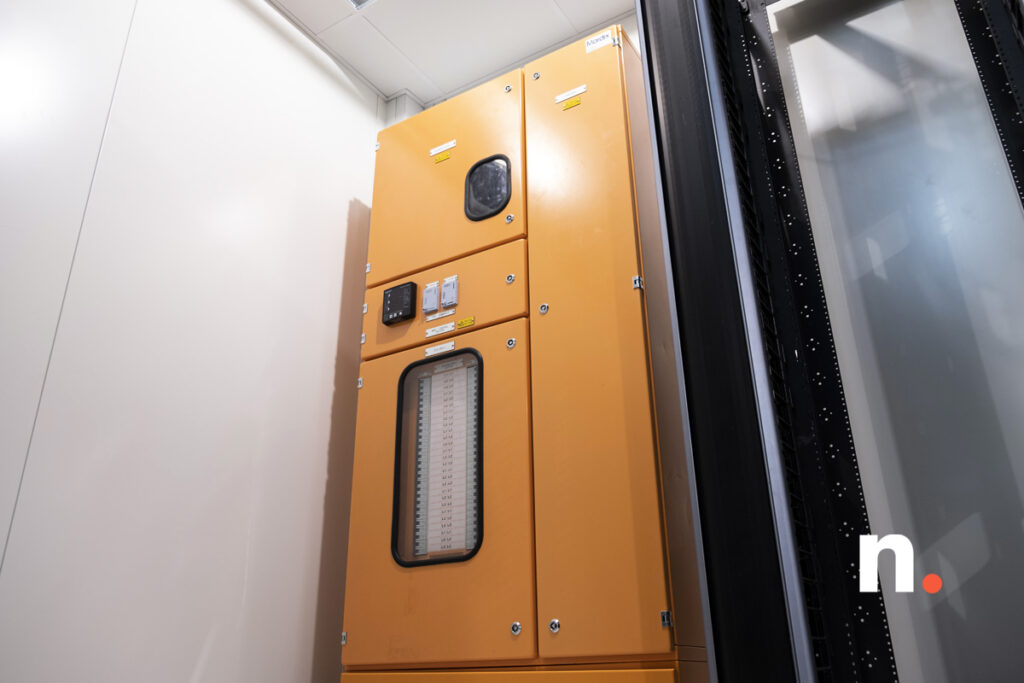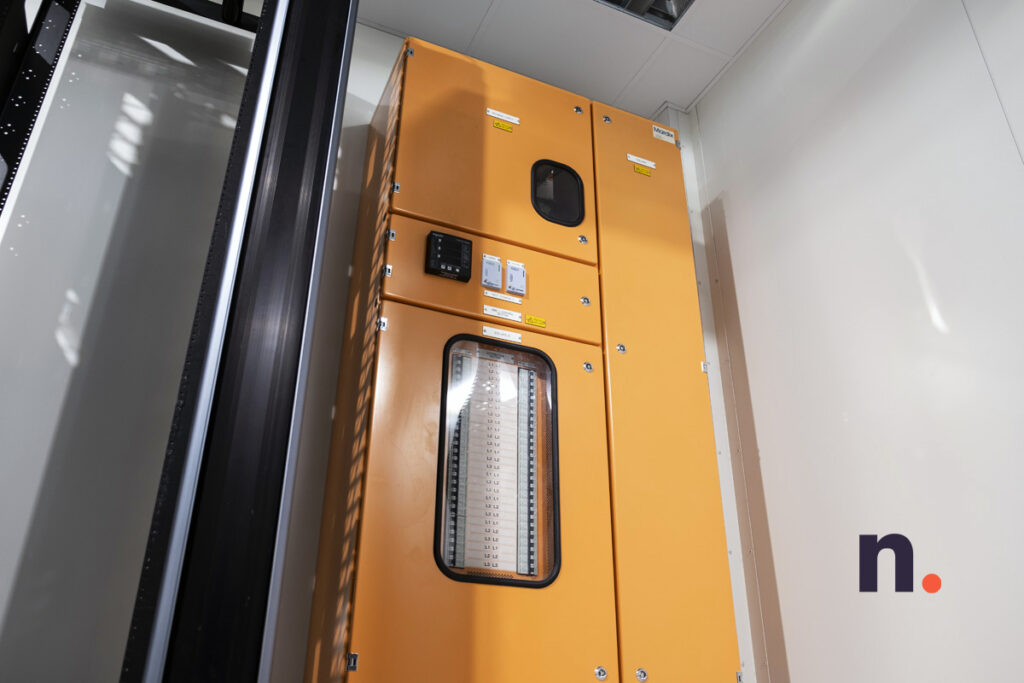Many businesses are choosing to host their servers and other critical equipment with colocation data centre providers rather than managing this in-house. Let’s look at some of the services offered by colocation providers and why you should consider making the switch.
Projections show the colocation data centre market growing by more than 13 per cent annually between 2021 and 2028. It’s an industry that’s expected to be worth more than $117 billion at that point.
What is a colocation data centre?
A colocation data centre is a facility that can host your servers and other critical IT infrastructure for you.
Rather than keeping this equipment on-site at your own premises, the colocation centre provides the physical space and resources to operate this on your behalf with much greater success. You still have full access to your equipment, but it’s housed inside the data centre and uses its network, cooling, and other related infrastructure.
It’s important to note that in a colocation arrangement, you still own the equipment. You’re not renting the hardware from the data centre, only the space and services needed for its operation.
Services offered by colocation data centres
Using a colocation centre (also known as “colo”) gives you the flexibility of managing your own equipment without having to pay for and maintain the infrastructure in-house. These providers offer several services.
1. Better infrastructure
A colocation data centre operator such as London-based Netwise need to maintain high-quality, reliable infrastructure to attract customers. They host equipment for many companies so their resources are typically much better than the average business would have in-house.
Power
Colocation providers offer redundant, high-capacity power feeds to ensure your servers stay online and accessible. This includes UPS protection options for short-term outages and diesel generators with 48-hour on-site fuel supplies.
Network connectivity
To provide the bandwidth required to run dozens or even hundreds of servers, a data centre offers high-speed internet connections with the option to choose from many different network providers. This ensures that there’s no distinguishable difference in latency between a colocated server and an on-site server.
The level of network connectivity in a data centre offers better performance than a local connection.
Facilities
Data centres can also provide better facilities than hosting your servers in-house. They use the latest cooling technologies, a high degree of physical security, and more modern rack mount systems than you may have available locally.
2. Uptime guarantees
If you’re hosting your server in-house, any downtime is your responsibility. Colocation providers offer service level agreements (SLA) that include uptime guarantees.
Netwise offers a 99.999% uptime guarantee, giving you the peace of mind that your servers will be available when you need them most.
3. Multiple geographic locations
Some colocation data centres, like Netwise, offer several geographic locations to choose from. This lets you host your server in a location of your choice, whether that’s one that physically close to your business or one that’s closer to your customers.
This lets you minimize your server’s latency by locating it closer to where the majority of its traffic comes from as well as have it nearby if your technicians are handling the maintenance.
4. Physical and network security
Most colocation providers provide a high level of physical security including guards, 24/7/365 surveillance systems, and biometric authorisation systems. This helps protect your servers from unauthorized in-person access.
They also provide better network security than many companies can maintain in-house. They stay on the leading edge of technological advances in network security, both in the tools they use and the training they provide their staff.
Maintaining the same degree of security in-house would require constant training for your IT staff as well as considerable costs for the latest equipment.
5. Cost savings
Your company could handle most of the services in this list in-house if you wanted. But the cost to do so would be much higher than the fees you’ll pay a colocation provider.
You would need to pay for faster network connections, new equipment, and other infrastructure costs. Some of those would be one-time costs while others would be ongoing.
You would also face higher payroll costs for training and maintaining round-the-clock support staff.
6. Service and support
When you host your servers in a data centre, you can choose to have your technical staff handle the maintenance or you can set up a support contract with the data centre provider. You may also want to consider a hybrid approach, with the data centre staff handling some tasks and your technicians handling others.
It may be more cost-effective for the provider’s staff to handle things like replacing a defective part or upgrading an internal component on your server. This avoids the need to send your technicians to the data centre to do the work.
7. Scalability
Colocation data centres have plenty of space for growth. If you want to add a new server or some other type of hardware to your network, they’ll most likely have the physical space and rack capacity to do so quickly.
If you’re hosting your server on-site, the amount of space you have available could limit your expansion options. In a case like that, you might face considerable capital costs to expand your server room or move to a larger facility.
Choosing the right UK-based colocation provider
If you’re looking for a UK-based colocation data centre, Netwise is here to help. We offer state-of-the-art colocation facilities in the centre of London that can connect you to users around the globe.
We offer a range of colocation packages ranging from 1U to 4U packages right up to full rack colocation. Get in touch with us today to see how we can provide you with reliable, high-performance hosting for your servers and other equipment.

